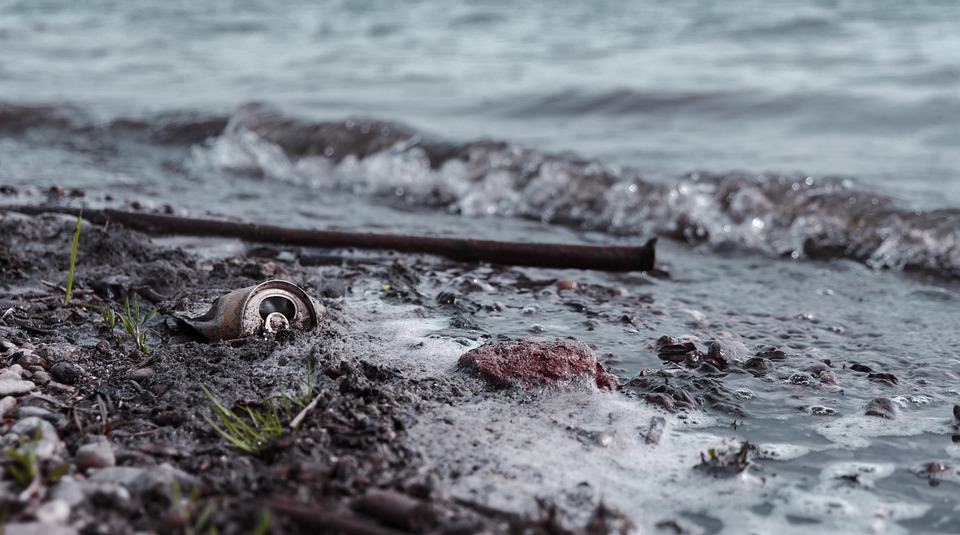The Camp Lejeune water contamination disaster was a tragic event that caused serious health issues for thousands of people. However, this tragedy has also led to important lessons about environmental protection and the prevention of similar disasters in the future.
This article will explore those lessons in depth, including the importance of government accountability, community activism, environmental regulations, and public awareness.
By examining the Camp Lejeune case, readers can gain insights into how to prevent future environmental disasters and promote a safer, healthier future for all.
So, let’s get started!
Understanding the Camp Lejeune Water Contamination Tragedy
The Camp Lejeune Water Contamination incident is one of the worst environmental disasters in United States history, with thousands of people affected by contaminated drinking water.
It began in the 1950s and continued until the 1980s, exposing military personnel, their families, and civilians living near the base to toxic chemicals.
The water supply at Camp Lejeune was contaminated with trichloroethylene (TCE) and perchloroethylene (PCE), which are both known carcinogens. According to the Agency for Toxic Substances and Disease Registry (ATSDR), an estimated one million people were potentially exposed to these chemicals through contaminated drinking water at Camp Lejeune.
The contamination led to serious health problems, including various types of cancer, birth defects, neurological disorders, and other chronic illnesses. Additionally, studies have found that children born to mothers exposed to contaminated water at Camp Lejeune had a higher risk of birth defects, including spina bifida.
Legal Actions Taken
The Camp Lejeune water contamination tragedy led to significant legal actions taken by affected individuals and their families. Several lawsuits were filed against the government and the military for negligence in addressing the environmental hazards that caused the contamination.
As a result of the Camp Lejeune lawsuits, significant compensation was awarded to affected individuals and their families. The Honoring America’s Veterans and Caring for Camp Lejeune Families Act was signed into law in 2012, providing medical care for those who were exposed to contaminated water at Camp Lejeune between 1953 and 1987.
In 2022, the Camp Lejeune Justice Act was passed, providing further assistance to affected individuals and their families. The act empowers veterans, their family members, and other affected civilians to file a lawsuit and recover damages incurred from exposure to contaminated water at Camp Lejeune.
If you or someone you know has suffered from exposure to toxic chemicals, it is essential to check your legal options and file a Camp Lejeune Lawsuit.
A law firm that specializes in Camp Lejeune water contamination cases, such as TorHoerman Law, can help victims determine their eligibility for compensation.
TorHoerman Law is a national law firm that has experience in Camp Lejeune water contamination cases. They offer free consultations to help you understand your legal options and have a proven track record of success in obtaining compensation for their clients.
Choosing a law firm with experience and expertise in Camp Lejeune water contamination cases can increase your chances of receiving the compensation you deserve for the harm caused by the contamination.
Government and Military Accountability: Lessons Learned from the Camp Lejeune Lawsuit
The Camp Lejeune water contamination tragedy was a result of negligence and lack of accountability on the part of the government and military. For decades, the contamination went unnoticed and unaddressed, leading to severe health problems for thousands of individuals.
One of the major lessons learned from the Camp Lejeune water contamination tragedy is the importance of transparency and communication.
The government and military must be transparent about potential environmental hazards and communicate them clearly to those who may be affected. They must also take appropriate action to address any potential hazards in a timely manner.
Another lesson learned is the importance of environmental regulations and standards. The government and military must adhere to established environmental regulations and standards to prevent environmental disasters like Camp Lejeune water contamination. Failure to do so can have severe consequences for public health and safety.
In addition to government and military accountability, the Camp Lejeune lawsuit also highlighted the importance of individual responsibility. It is essential for individuals to take steps to protect their own health and safety, especially when potential hazards are present.
Community Activism and Advocacy: The Power of Voices in the Camp Lejeune Water Contamination Fight
In the early stages of the Camp Lejeune water contamination, affected individuals struggled to get their voices heard. However, as more people became aware of the situation, advocacy groups and community activists emerged to demand justice and accountability.
Through petitions, protests, and media campaigns, these groups brought attention to the issue and forced the government and military to take action. One of the key lessons learned from the Camp Lejeune water contamination fight is the power of community organizing and advocacy.
When individuals come together to demand change, their voices can create a groundswell of support that cannot be ignored. Community activism and advocacy have the power to raise awareness, hold officials accountable, and bring about real change.
Conclusion
This article aimed to provide a comprehensive overview of the Camp Lejeune water contamination tragedy and the lessons learned from the lawsuits that followed.
It is our hope that this article will serve as a valuable resource for those who have been affected by the tragedy, as well as for policymakers, environmental advocates, and concerned citizens who are committed to preventing future environmental disasters.
By sharing the lessons learned from the Camp Lejeune water contamination lawsuits, we can work together to raise awareness, hold those responsible accountable, and prevent similar tragedies from occurring in the future.
It is only through continued vigilance, advocacy, and community organizing that we can ensure that our environment is safe and healthy for generations to come.












